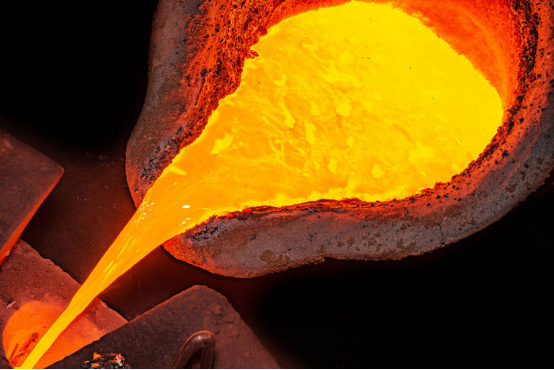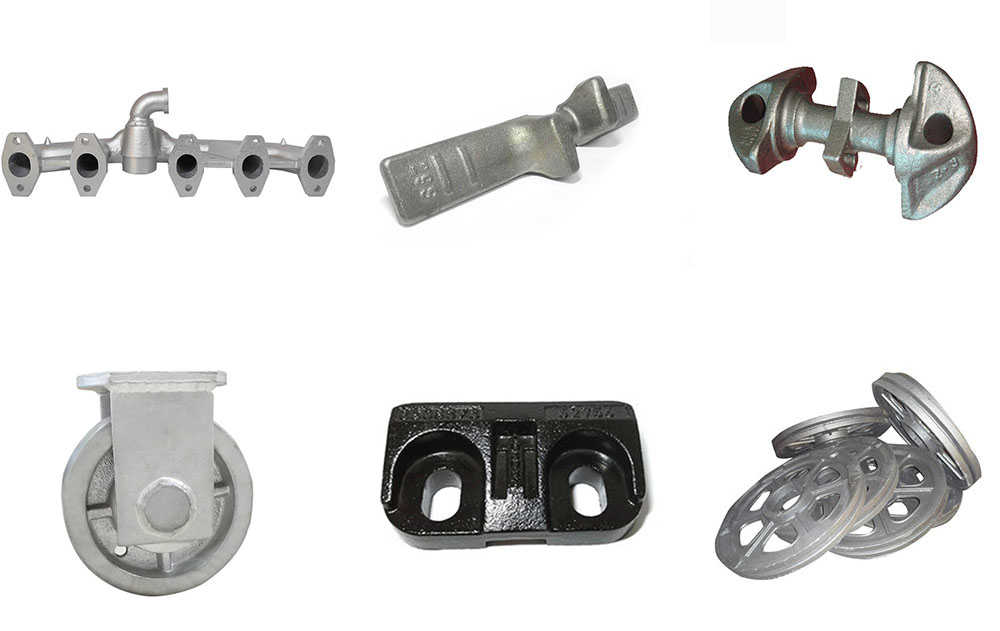- Home
- Factories
- Processes
- Products
- News
- Download
- Contact Us
Views: 8 Author: Site Editor Publish Time: 2023-06-30 Origin: Site

Sand casting is a widely used manufacturing process for creating metal components with complex shapes and sizes. This ancient technique has evolved over time and remains a valuable method in various industries.
The process begins with the creation of a pattern, which is a replica of the final component. The pattern can be made from wood, metal, or other materials and is designed to have the same dimensions and features as the desired part.
Next, a mold is prepared using a mixture of fine sand and a bonding agent, typically clay. The pattern is placed inside a box known as a flask, and the sand mixture is packed around it. This forms a two-part mold with a cavity in the shape of the intended component.
The mold is assembled by joining the two halves of the flask and securely clamping them together. Channels called gating and risers are created in the mold to allow the molten metal to flow in and to facilitate the escape of gases during the pouring process.
Once the mold is prepared, the chosen metal, such as aluminum, brass, bronze, or cast iron, is melted in a furnace. Once molten, it is poured into the mold through the gating system. The molten metal fills the cavity, taking the shape of the pattern.
After pouring, the molten metal gradually solidifies within the mold. The cooling time varies depending on the type of metal and the size of the component. Proper cooling is essential to achieve the desired metallurgical properties and to prevent defects.
Once the metal has cooled and solidified, the mold is removed by breaking or shaking it away from the solidified metal. The component is then cleaned, removing any excess sand or other impurities. Additional finishing processes, such as machining or surface treatments, may be applied to achieve the desired final product.
The sand casting process offers several advantages. It allows for the production of large and complex components, and it is relatively cost-effective compared to other casting methods. The molds can be reused multiple times, making it suitable for both small-scale and large-scale production. Furthermore, sand casting can accommodate a wide range of metals and alloys, providing flexibility in material selection.

In conclusion, sand casting is a versatile manufacturing process for producing metal components. Its ability to create complex shapes, cost-effectiveness, and compatibility with various metals make it a preferred choice in industries ranging from automotive and aerospace to construction and beyond.
| | Floor 21, Block B, Fortune Building, No. 18 Xinghua Bei Street , Tiexi District, Shenyang, 110025, China. |
| | 86 15541524932 |
| | contact@sydensen.com |